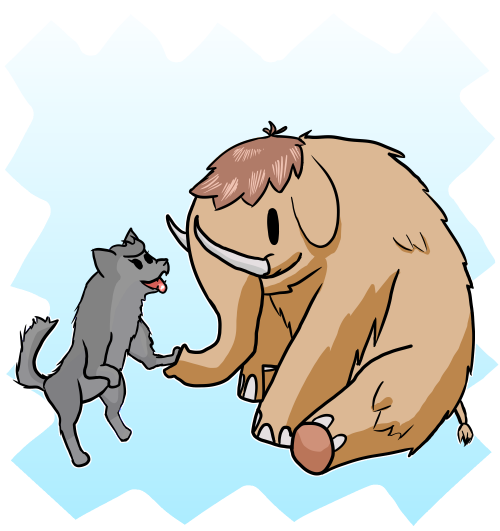I know that hr existed in old english (the name of beowulf's sword, hrunting, is the first example that comes to mind), and hn existed in some related languages (the ancient game hnefatafl comes to mind), but they aren't in modern english
sr is common in south asian languages
sv exists in a few names like sven, but not really in any words? okay two people have pointed out svelte since we started typing this okay
-F
@Felthry Was going to joke how the word's a mnemonic for the chemistry symbols of all the diatomic elements.
(That's actually HONClBrIF. But my ear hears some assonance between the two.)
@Austin_Dern Is As not diatomic? That is, if you can get two atoms of it together long enough to bond.
-F
@Austin_Dern I'm pretty sure dicarbon is hypothetically possible too
-F
@Felthry Um .. hm ...
Looks like diatomic astatine hasn't been conclusively observed, and the state of bulk properties for tennessine is even less well-known.
There's some other atoms that get diatomic at higher pressures or temperatures (phosphorous, sulphur, sodium). Most amazing to me are tungsten and molybdenum which form sextuple bonds(!).
I don't (on a quick check) see references to when dicarbon could be observed.
@Austin_Dern oh yeah, i forgot about those, i think disulfur and disodium show up in some stars' spectra. and maybe in high-pressure sodium vapor lamps?
I don't think we knew about phosphorus but it makes sense
I have some Questions about the sextuple bonds, as bonds of order higher than three have only been observed in highly sterically strained molecules as far as we know, certainly not in diatomic compounds
-F
@Austin_Dern you can also get the extremely exotic He₂, if you replace one electron of each He with a muon
-F
@Austin_Dern oh, and if you want to you could probably count Hg₂²⁺, the mercury (I) ion, which is also diatomic--the two Hgs are covalently bonded to each other
-F
@Felthry This is all amazing stuff.
Also now I see there are observed diatomic carbons, in carbon vapor as seen in electric arcs or a bunch of astronomical phenomena. Apparently the comet C/2014 Q2 (Lovejoy) glows blue-green thanks to its diatomic carbon. The comet's also known to have a simple sugar in it, too(!).
@Austin_Dern yeah! that's where we saw dicarbon, you get all kinds of nonsense in soot and stuff
-F
@Austin_Dern you get all these weird polycyclic aromatics and tiny diamond-like structures and stuff too
-F
@Austin_Dern Li₂ is probably theoretically possible under extreme conditions too, though possibly not as a neutral molecule? not sure
-F
@Felthry Apparently it is in lithium vapors, although I don't understand any of the description of its physical properties past 'covalent bond' and 'gas phase': https://en.wikipedia.org/wiki/Dilithium

i just want to say that hnefatafl is a fantastic word
-F